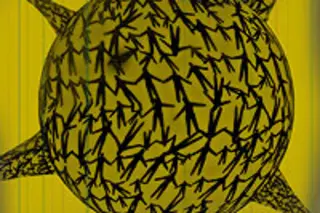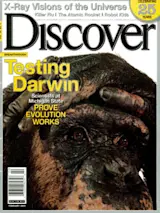This is your future, not too long from now: You’re lingering a little too long in the shower one morning, and somewhere between the first and second rinse, a tune pops into your head. You keep humming as you towel off, then stroll downstairs to your computer. With a few quick keystrokes, you record yourself singing the tune. It’s off-key, and the lyrics won’t draw an audience, but the computer doesn’t care. With a few more clicks, there’s a quartet accompanying your vocal in perfect time. And then—voilà!—it’s not you warbling anymore; it’s Sting or Joni Mitchell or Pavarotti. As you burn the track onto a CD, you say to yourself, “One of these days, I really should learn how to play an instrument.”
There is something uniquely participatory about music, something that makes us want to play along. When we visit the Guggenheim Bilbao, we don’t start furiously sketching ...















